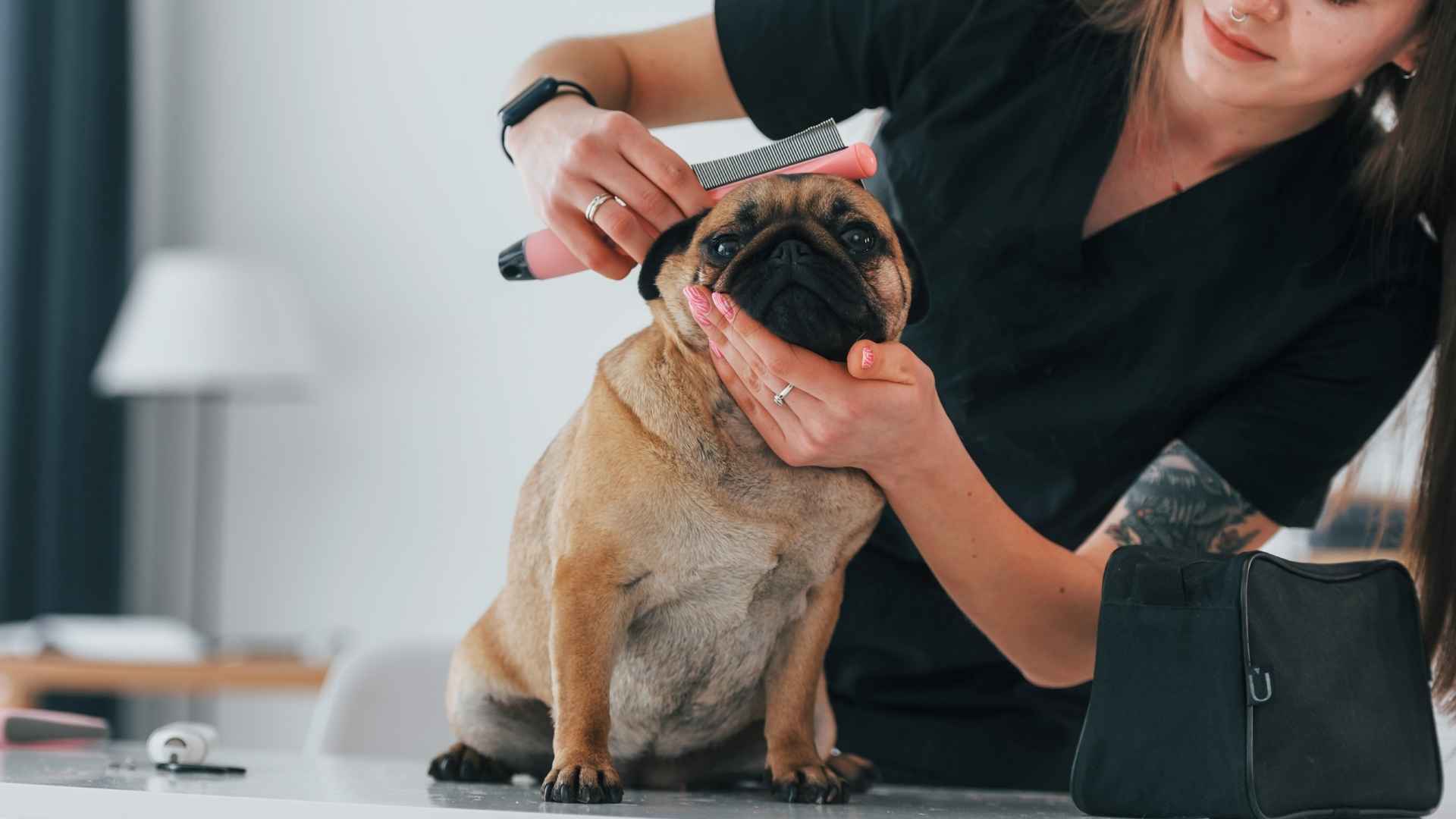You might think grabbing a bargain pup is like scoring a deal on cheap shoes—but here’s the catch: just like that budget pair of sneakers that falls apart after a few months, a low-cost dog doesn’t always mean affordable in the long run. The real price of a dog isn’t just the adoption fee—it’s the daily, monthly, and yearly upkeep that adds up.
From vet bills and grooming sessions to food, toys, and unexpected health issues, owning a dog is a lifelong financial commitment. Some breeds need regular grooming, special diets, or frequent vet visits due to inherited health conditions. Others might eat a lot or need space and fencing to stay safe.
But don’t worry—there are breeds out there that are as budget-friendly as they are lovable. In this guide, we’re sniffing out the most affordable dog breeds that are easy on your wallet and full of tail-wagging joy.
Affordable Care Dog Breeds
1. Chihuahua
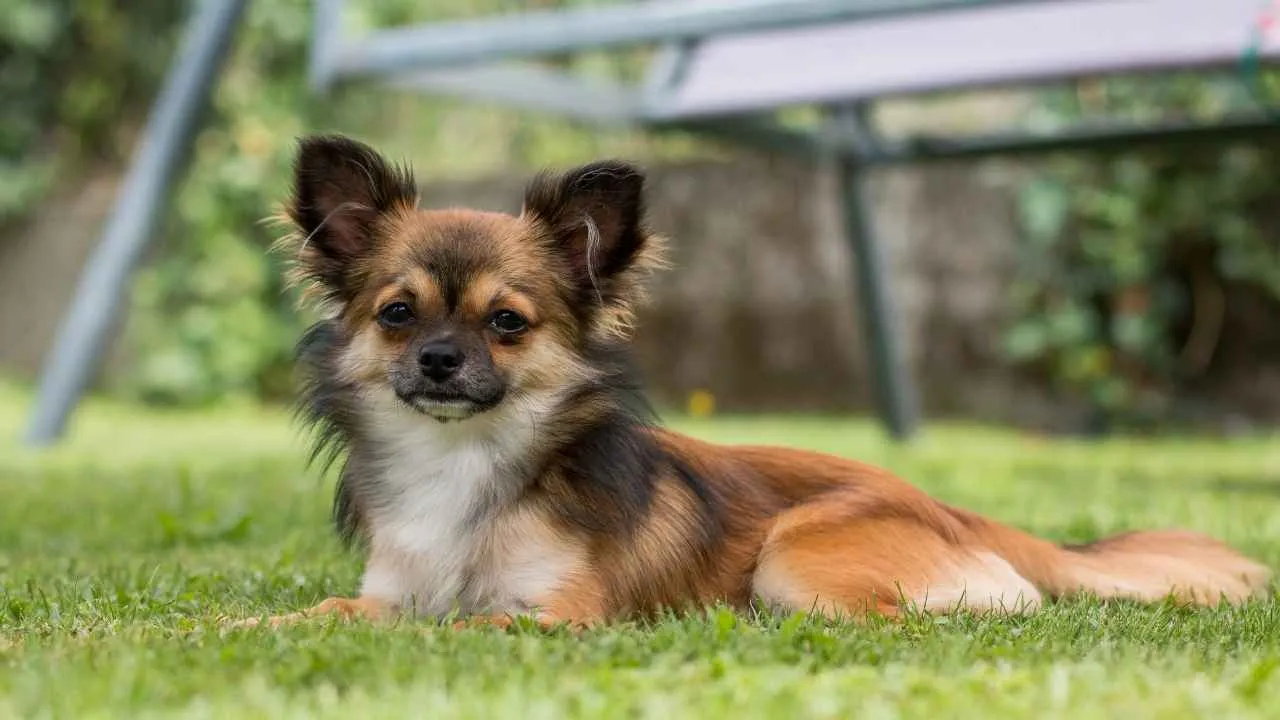
The Chihuahua may be tiny, but their confidence and charm are larger than life. With expressive eyes, big ears, and bold personalities, these little dogs are loyal and affectionate, loving snuggles and pampering from their humans.
One great advantage of owning a Chihuahua is these are low maintenance breed. They need only daily walks and indoor play, require little grooming, and shed very little. Smooth coats need weekly brushing, while long-haired varieties benefit from more frequent care.
Chihuahuas are intelligent but can be a bit sassy. Early socialization and positive reinforcement help them become well-behaved companions who can excel in obedience or agility. Early handling also eases grooming and vet visits.
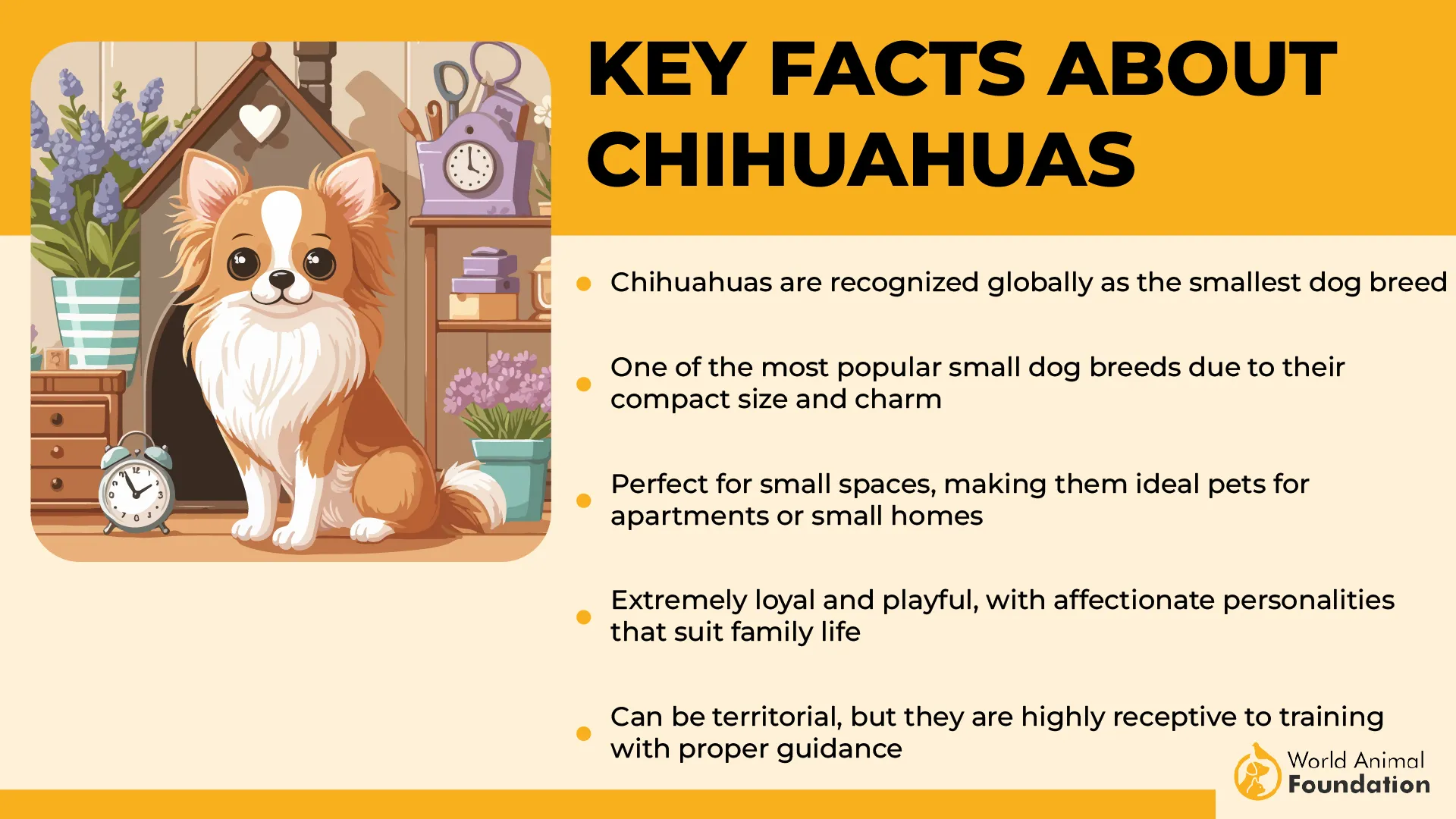
These tiny pups do well in families but need gentle handling from kids due to their delicate build. Proper introductions help them get along with children and other pets. They dislike cold weather, so cozy sweaters and blankets are essential in cooler months.
Despite their size, Chihuahuas are active dogs and need mental stimulation. Without it, they may develop bad habits. Short walks, playtime, and interactive toys keep them happy, but when tired, they simply want to curl up on a warm lap.
2. Pug
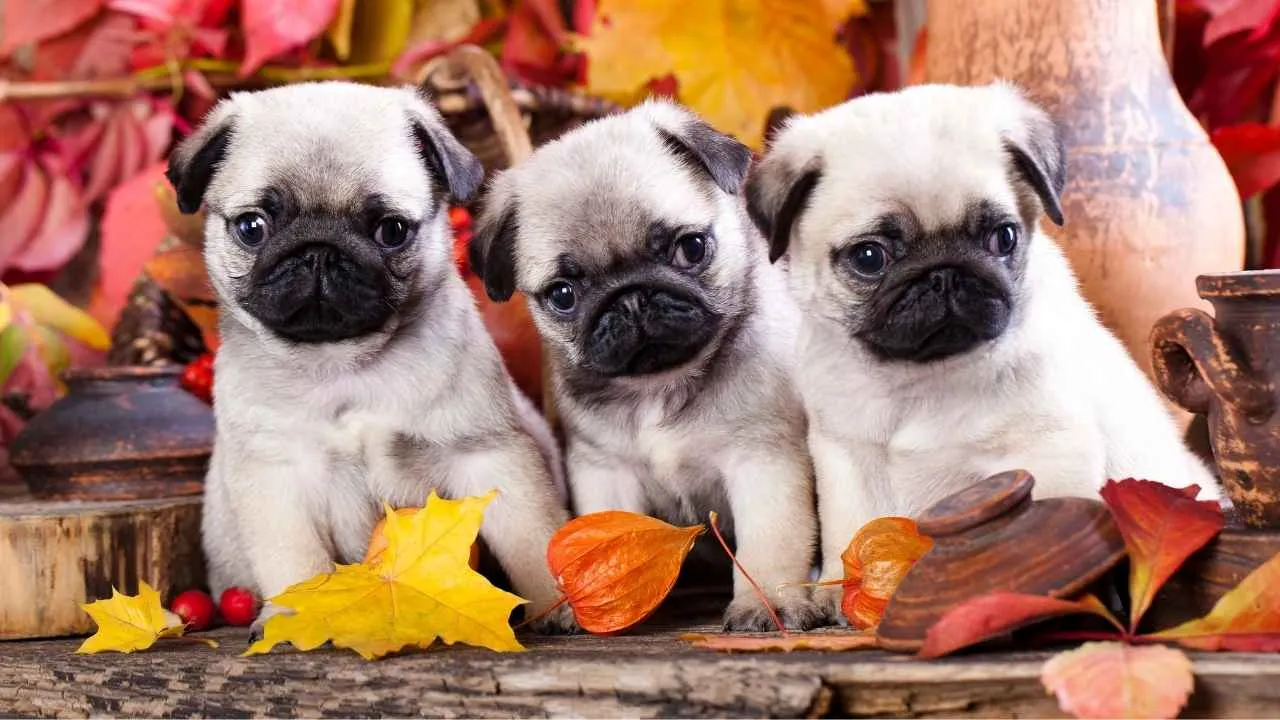
Originating from China, Pugs are compact, muscular dogs easily recognized by their big, round eyes, wrinkled brows, curled tails, and short muzzles. Their affectionate, calm nature makes them ideal companions who prefer cuddling over high-energy play.
Friendly and sociable, Pugs usually get along well with children and other pets. Though sometimes stubborn, they respond best to consistent, positive reinforcement. Their playful yet gentle demeanor endears them to many families.
As low-energy dogs, Pugs require only moderate exercise, typically two short daily walks. However, their flat faces make them prone to breathing difficulties and overheating, so using a harness, ensuring hydration, and avoiding strenuous activity in warm weather are essential.
Despite their short coats, Pugs shed frequently. Weekly brushing helps manage loose hair, and regular cleaning of facial wrinkles prevents infections. Routine nail trimming, dental care, and eye wiping are also important for maintaining their health.
Pugs tend to gain weight easily, making portion control vital. They generally need about two-thirds to four-fifths of a cup of high-quality food daily, excluding treats. Regular veterinary visits support diet management and overall well-being.
Due to their short snouts, Pugs are susceptible to brachycephalic airway syndrome, which can affect breathing. They thrive best indoors, particularly in warm climates. While grooming and food costs are modest, potential respiratory and spinal issues may increase veterinary expenses.
3. Beagle
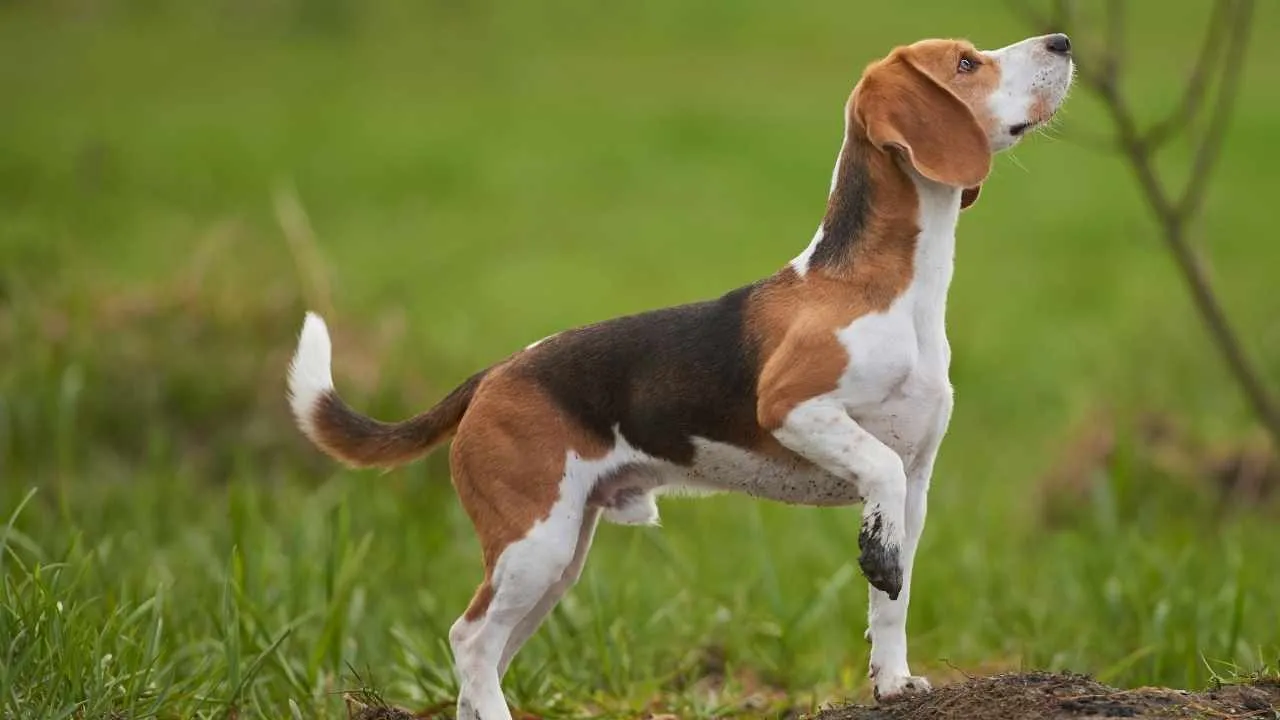
With soulful brown eyes, floppy ears, and wagging tails, Beagles are lovable and energetic dogs originally bred to track rabbits. They balance active outdoor time with cozy indoor relaxation, making them versatile companions.
Beagles are affordable to own. Initial costs include vaccinations, neutering, and basic supplies, while ongoing expenses cover food, routine vet visits, flea and worm prevention, and dental care. Training and occasional behavioral support can be helpful, with pet insurance recommended to manage unexpected health costs.
Their short coat requires minimal grooming—regular brushing controls shedding, while ear cleaning, nail trims, and dental care keep them healthy. Beagles can gain weight easily, so a balanced diet and regular exercise are important to maintain their well-being.
Beagles are great family pets due to their sweet, tolerant nature and playful spirit. They usually get along well with kids and other dogs, though their hunting instincts mean smaller pets should be supervised. Social and affectionate, they thrive when included in daily family activities.
These dogs need regular exercise—long walks, playtime, and scent-based activities—to stay happy and avoid boredom. While calm indoors, Beagles require consistent mental and physical stimulation to remain balanced.
4. Border collie
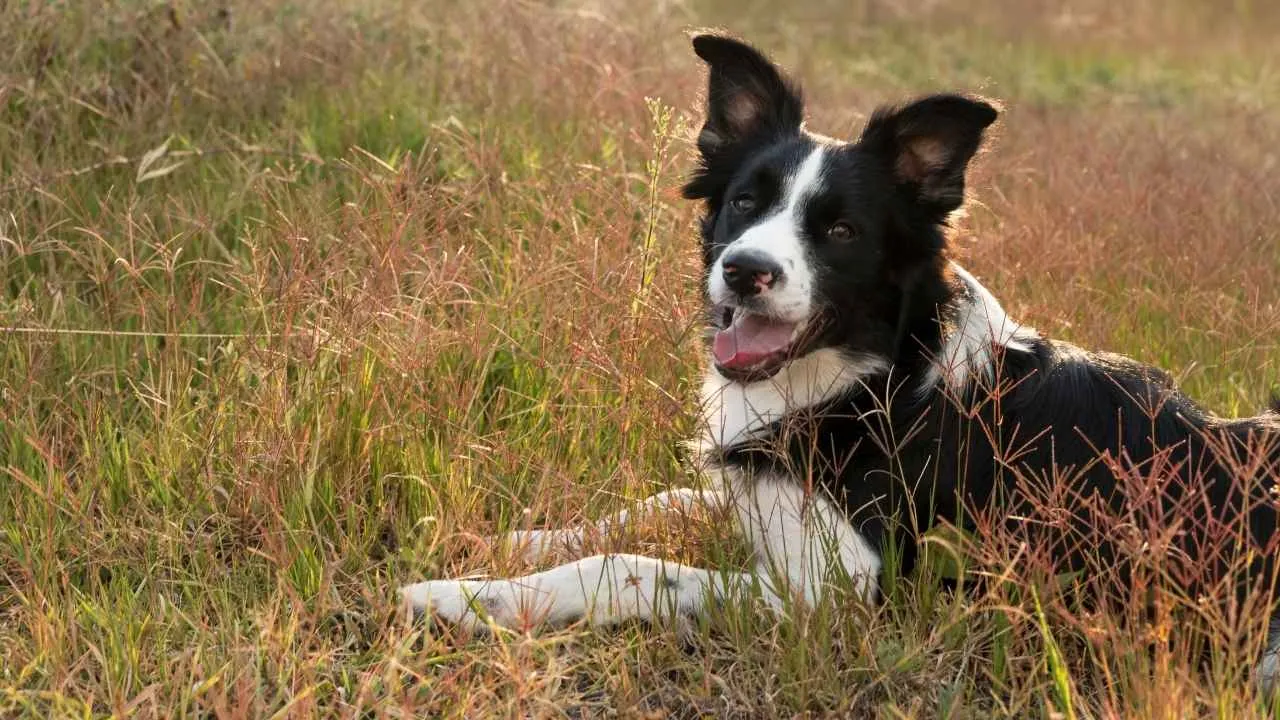
If dogs had resumes, Border Collies would top the list with “herding specialist,” “puzzle master,” and “energy powerhouse” proudly displayed. Originally bred to work on farms, these highly intelligent pups are still stars in the field—but have also herded their way into the hearts (and homes) of active families everywhere.
Collies aren’t high-maintenance when it comes to their coats. Expect a bit of seasonal shedding, but nothing a couple of weekly brushes can’t handle. They do love a good roll in something questionable now and then, so the occasional bath is part of the deal—just use dog-friendly shampoo and you’re golden.
Initial costs include purchase price, puppy vaccines, neutering, beds, bowls, and those all-important chew toys. Ongoing expenses cover food, vet check-ups, flea and worming treatments, and insurance, because life happens, and vet bills can add up fast.
Don’t be fooled by that sweet face—Border Collies are nonstop energy machines! They need way more than a quick walk—think long hikes, fetch marathons, and zooming off-leash in safe spots. If you love outdoor adventures, you’ve just found your perfect partner in crime.
These smarty-pants pick up new tricks fast, especially with tasty treats as motivation. But beware: a bored Border Collie will get into mischief, so keep their minds busy with puzzles, games, and fresh challenges.
5. Dachshund
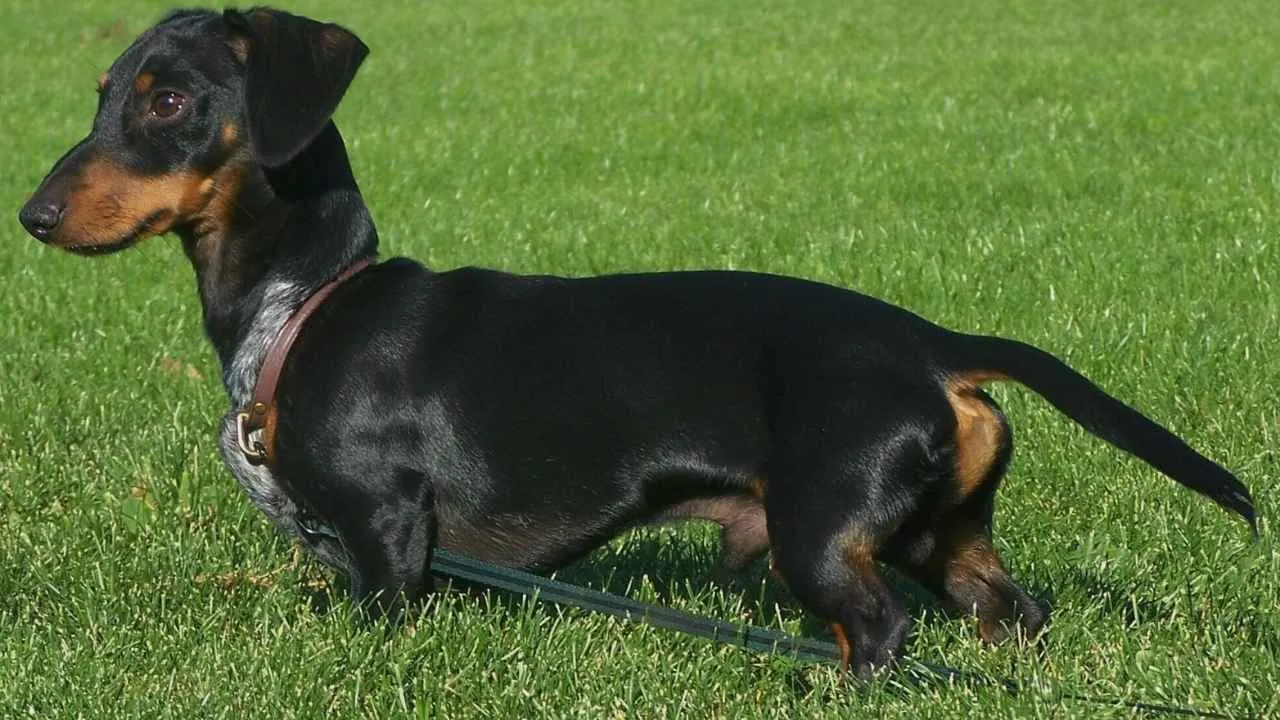
Affectionately called the “wiener dog,” the Dachshund is a small pup with a big personality. Known for their long, low bodies, floppy ears, and fearless spirit, these dogs were originally bred in 18th-century Germany to hunt badgers—their name means “badger dog.”
Bred to chase burrowing prey, Dachshunds are confident, independent, and sometimes a bit too bold. Their tenacity makes them excellent watchdogs, though they can be wary of strangers and may not always get along with unfamiliar children or smaller dogs and other pets.
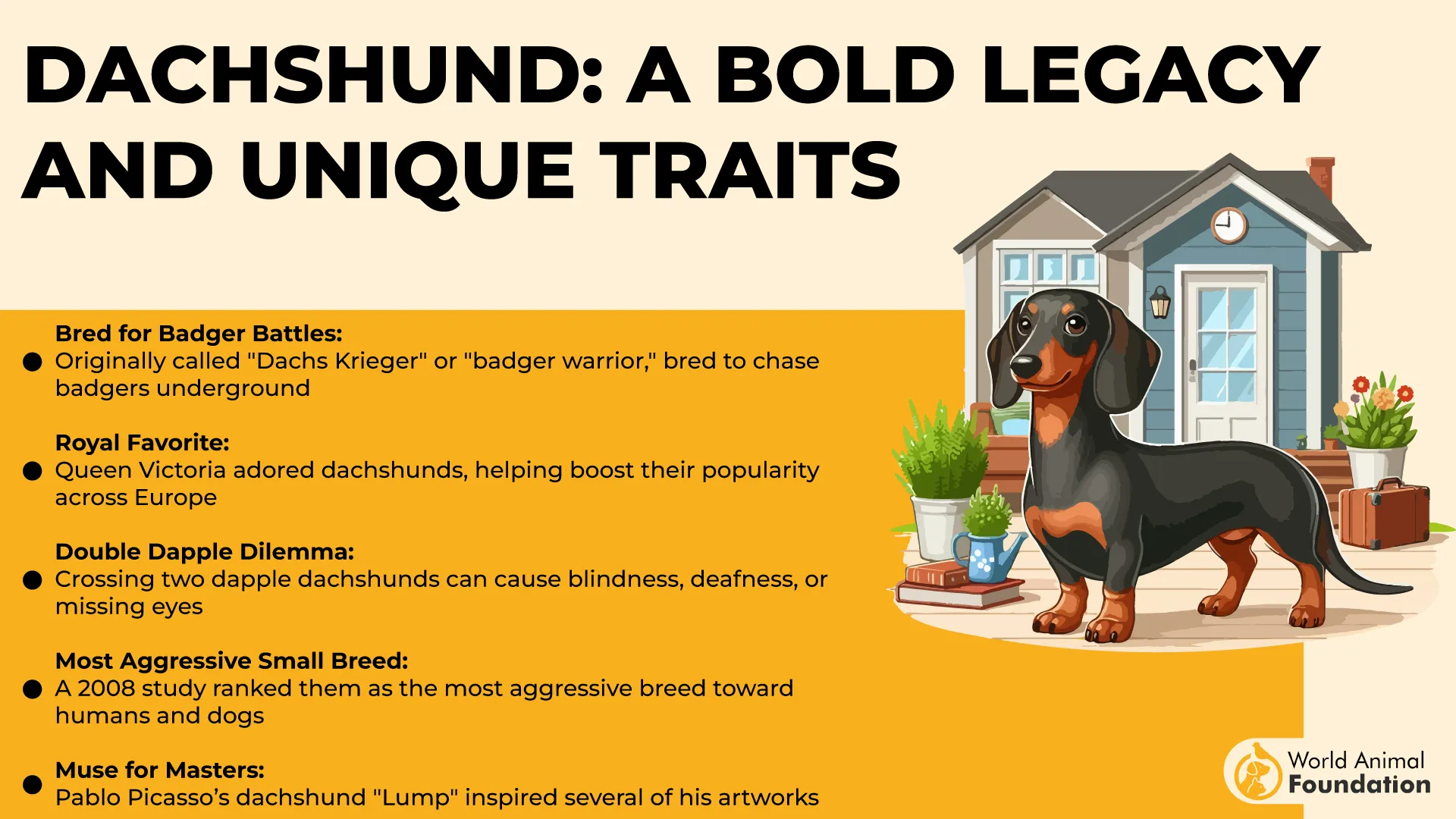
Miniature Dachshunds stand just 5–6 inches tall but have plenty of energy. Daily brisk walks totaling 30–45 minutes, plus some off-leash play in a secure area, keep them happy. However, their delicate backs require avoiding stairs, steep slopes, and furniture jumps.
These little dogs need a balanced diet suited for small breeds. Puppies benefit from 3–4 small meals daily, while adults do well on two. Because Dachshunds tend to gain weight and have back issues, careful portion control and regular exercise are vital.
Be warned:
Dachshunds are prone to intervertebral disk disease (IVDD) so avoid activities that strain their spines. Keeping them slim, preventing jumps or twists, and maintaining an active but back-friendly routine are essential to protect their health.
6. Rat terrier
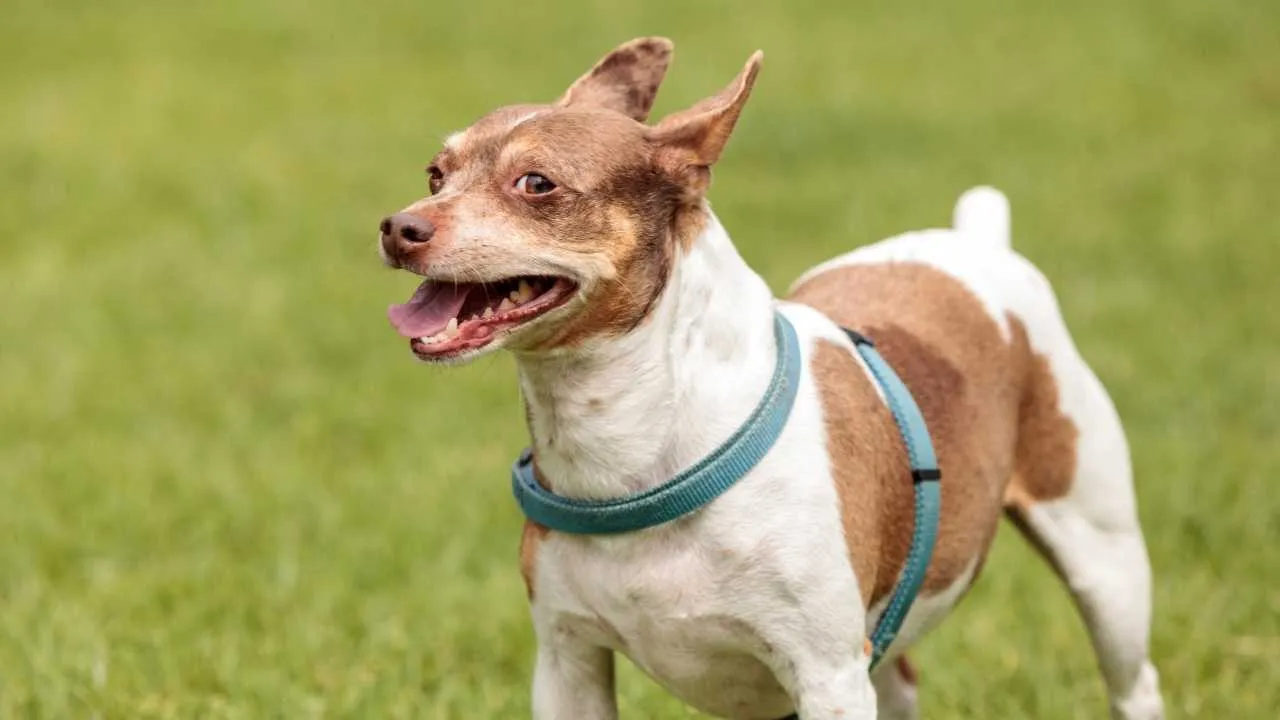
With their sleek coats, perky ears, and boundless energy, Rat Terriers perfectly combine the traits of an affordable dog breed with a lively companion. Available in both miniature and standard sizes, these smart, loyal dogs were originally bred to control pests but now make charming, elegant pets with minimal grooming needs.
Thanks to their smooth, short-haired, shiny coats, Rat Terriers require minimal upkeep. Weekly brushing keeps shedding under control, and monthly baths are usually sufficient, helping keep grooming costs low. Regular dental care is important to prevent common dental problems seen in small breeds.
As noted by Purina, Rat terriers are known for their excellent health and longevity, often living 15 to 18 years. They do need routine veterinary care to monitor potential issues like hip dysplasia, knee problems, and heart murmurs. Early health screenings can help catch concerns such as Legg-Calve-Perthes before they become serious.
As an affordable dog breed with low grooming needs, Rat Terriers offer a manageable total cost for pet owners, especially when paired with appropriate pet insurance. Their lively personality and robust health make them a rewarding choice for families ready to commit to daily exercise and training.
Rat Terriers are smart and eager to please, thriving with consistent, positive training that balances mental and physical activity. Friendly and playful with family, they’re cautious but not aggressive with strangers. Their alert yet quiet nature makes them great watchdogs, especially in apartments or close neighborhoods.
7. Miniature Pinscher
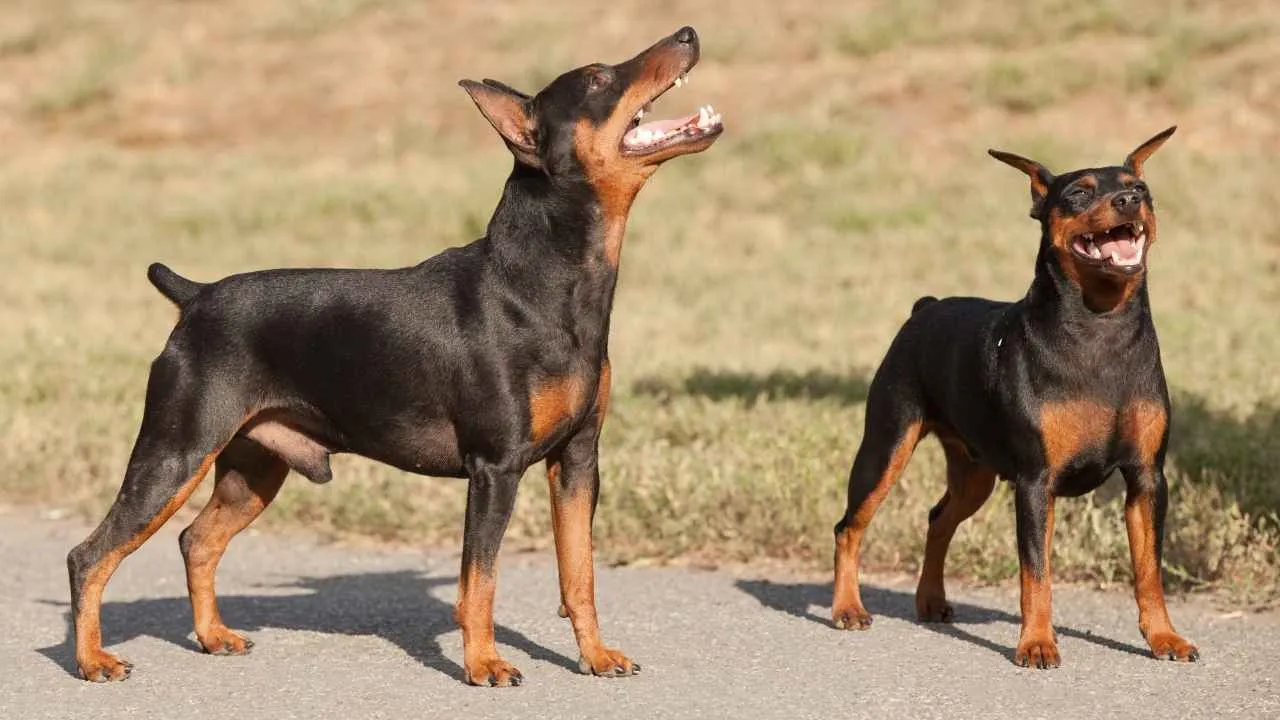
Don’t let their small size fool you—Miniature Pinschers (aka Min Pins) are packed with confidence, sass, and enough energy to power a toy store. Nicknamed the “King of Toys,” this fearless little breed comes from the Toy group and is known for its proud strut, glossy coat, and big-dog attitude in a compact frame.
One look at a Min Pin, and you’ll understand the hype. Their sleek, short coats shine in colors like solid red, black, and rust, or chocolate and rust. Standing about 10–12.5 inches tall and weighing around 8–10 pounds, they’re all elegant with a signature high-stepping “hackney gait”—think prancing pony in dog form.
Miniature Pinschers are smart, spunky, and love being the center of attention. They bond closely with their humans and even get along with cats, but can show some bossy behavior toward other dogs.
These clever canines need mental stimulation and daily activities to stay out of mischief—thankfully, they’re just as content racing around the living room as they are patrolling the yard with a toy in tow.
Low maintenance never looked so good. Min Pins only need a weekly brushing to keep their coats sleek. You can use a soft bristle brush or hound glove for a little extra shine. Their nails grow fast, so regular trimming is a must, and don’t forget the doggy dental care—a soft brush and dog-safe toothpaste go a long way.
If you’re looking for a low-shedding lap dog that brings energy, affection, and just a bit of drama to your life, the Min Pin might just be your perfect match.
8. Bichon Frise
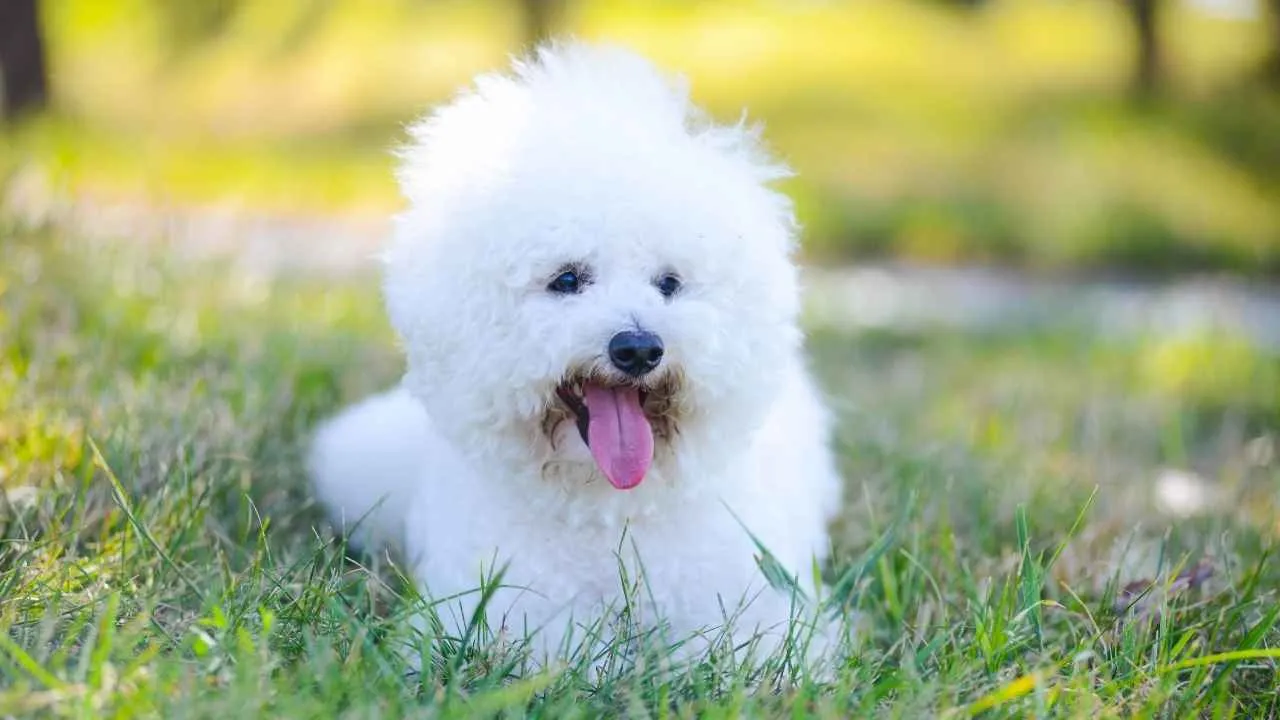
Bichon Frises are an intelligent breed known for their cheerful nature and love for companionship. Their small size and relatively low maintenance grooming make them one of the more affordable dog breeds in terms of overall maintenance costs, though regular care is essential to keep their signature curly, beautiful coats healthy.
As noted by Petplan, despite being low-shedding, Bichons require daily brushing to remove dead hairs and prevent mats. Ear cleaning is important. Many owners use grooming mitts to manage their coat’s delicate texture. Professional grooming every 4 to 6 weeks helps keep their coat in top shape.
This breed’s health costs are generally moderate, but they can be prone to genetic diseases such as heart disease. Routine veterinary visits are important to catch any issues early. Regular dental care and parasite prevention are also critical to maintaining their excellent health.
Bichons thrive on social interaction and do well with other animals, making them a good family dog for households that love dogs and enjoy a lively home environment. Their intelligence allows them to learn quickly, but early socialization helps keep their vocal tendencies in check.
For those seeking a lovable, low-maintenance breed with moderate grooming needs and manageable health costs, the Bichon Frise offers a delightful combination of style and personality.
9. Affenpinscher
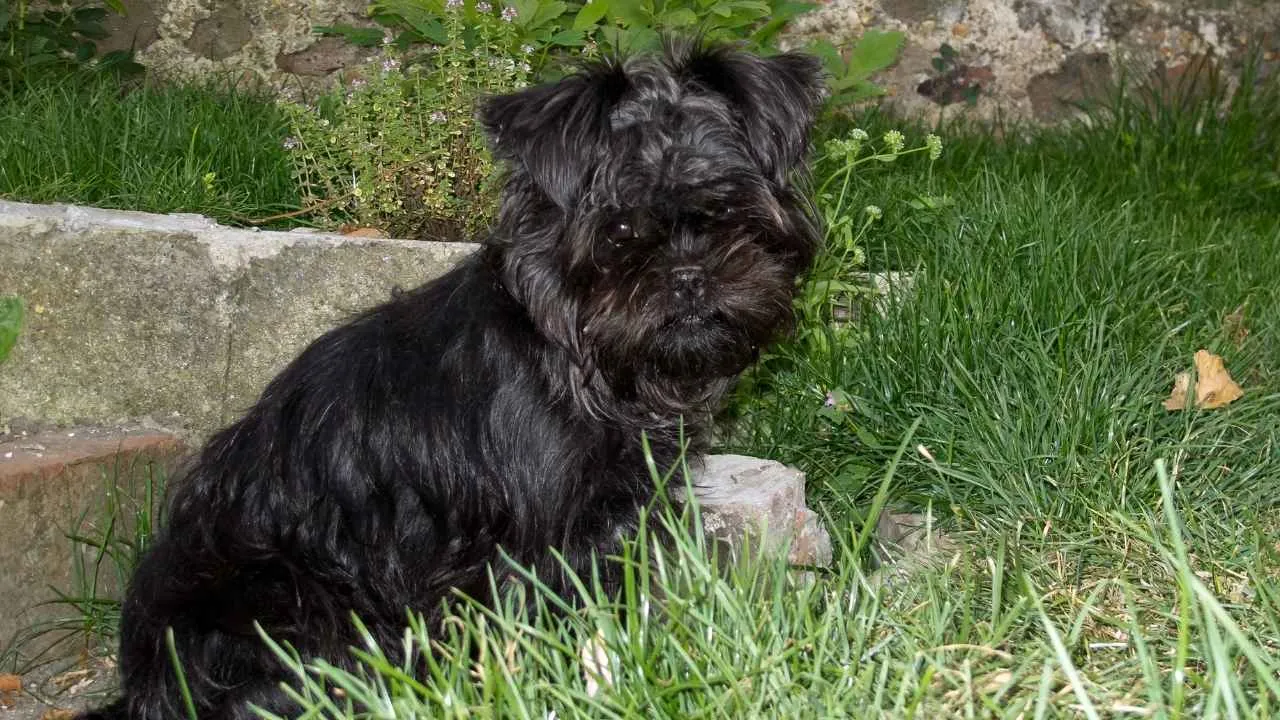
If you want a pint-sized pup bursting with personality, the Affenpinscher might just win your heart. Nicknamed the “dog with a monkey face,” this quirky little breed is full of spunk and cheeky charm. While not always ideal for homes with young kids, their mischievous antics make them endlessly entertaining.
Moderate grooming keeps them looking sharp. Brushing their wiry coat twice a week with a metal comb prevents tangles, while trimming facial fur every few months stops hair from irritating their eyes. Regular nail trims, ear checks, and daily teeth brushing are also important for overall care.
Good nutrition is key to keeping your little dynamo healthy. Always provide fresh water and feed high-quality dog food suited to their life stage. If you’re considering homemade meals, consult your vet to ensure a balanced diet and avoid nutrient gaps.
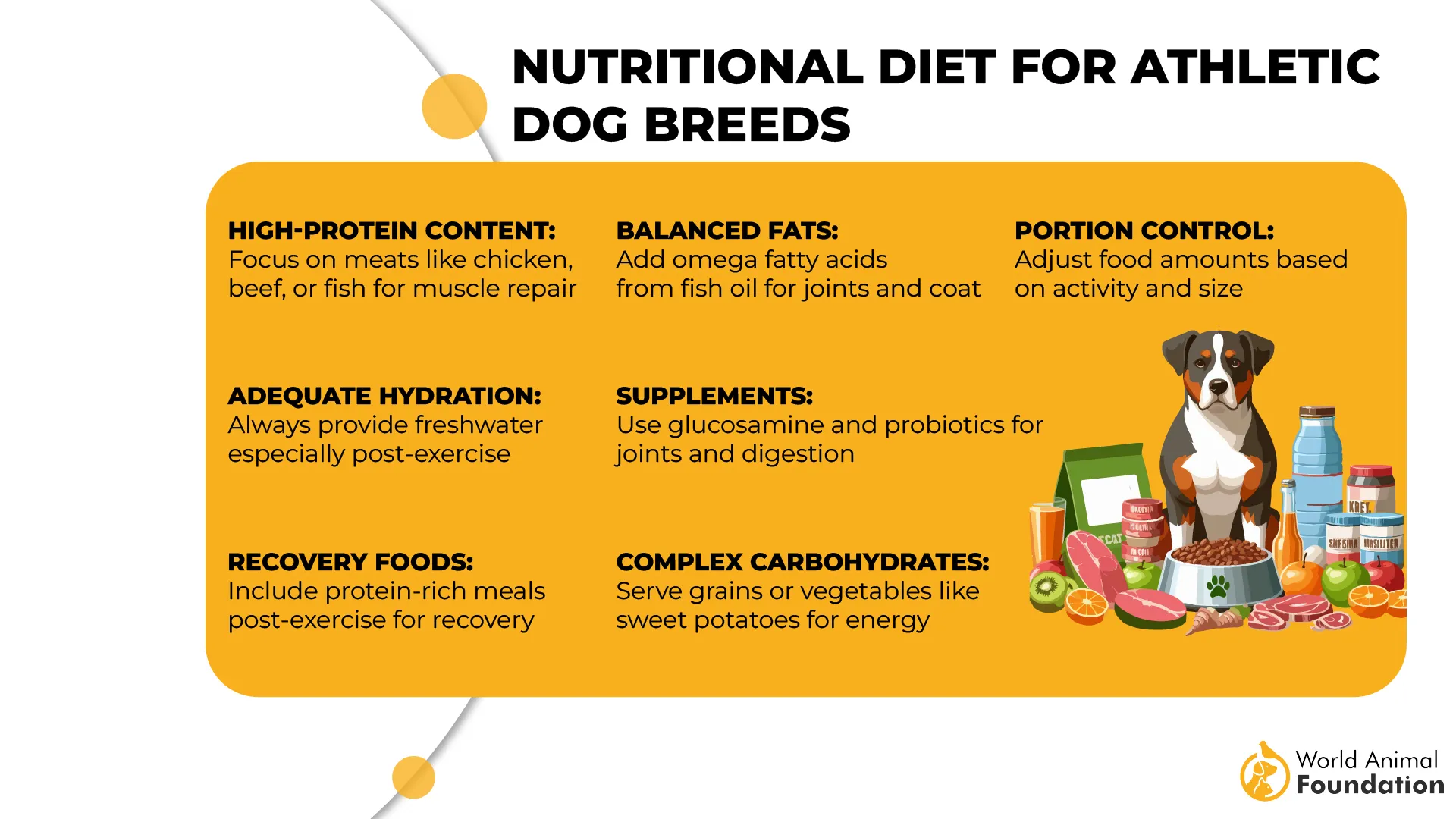
Standing about 10 inches tall, Affenpinschers pack lots of character into a compact, square-shaped body. Their signature look includes a shaggy beard, bushy mustache, expressive eyebrows, and a wiry, short coat that comes in shades like gray, red, tan, black, and silver. Cropped ears and a curved tail complete their unique silhouette.
Thanks to their size, Affenpinschers get their exercise through lively indoor play and brisk daily walks. American Kennel Club (AKC) rates them moderate—3 out of 5—for energy and mental stimulation, so keeping their curious minds engaged is essential.
Generally, a healthy breed, Affenpinschers can be prone to patellar luxation, hip and elbow dysplasia, heart issues, and vision problems. Regular vet visits help catch these conditions early and keep your pup in great shape.
Fun Fact
In France, this spirited breed is affectionately known as the “diablotin moustachu,” or “moustached devil”—a nickname that perfectly captures their devilishly adorable looks and feisty personality!
Conclusion
When choosing a dog, finding an affordable care breed means balancing initial costs with ongoing expenses like grooming and health care. The cheapest dog breeds, including many mixed-breed dogs and some purebred options like the Australian Terrier, often come with lower grooming expenses, especially wire-haired or even hairless dogs.
Medium-sized dogs offer the perfect mix of manageable energy and moderate care needs, helping pet parents save money while providing loving companionship. While large dogs and some expensive dog breeds may bring higher vet bills and health problems, many affordable breeds thrive with enough training and attention.
Whether you’re an experienced dog owner or new to pet parenting, choosing breeds with short or silky hair and a calm, “couch potato” temperament can reduce costs without sacrificing joy. Considering mixed breeds or other least expensive dog breeds can also be a smart, budget-friendly way to welcome a healthy, happy dog into your home.


